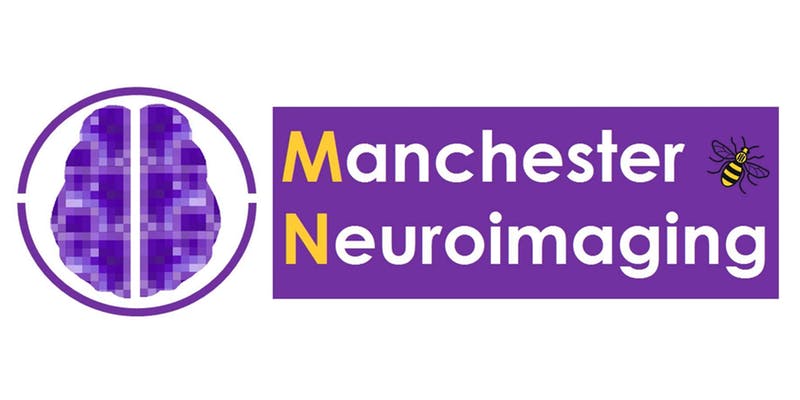
In vivo molecular imaging of neuroinflammation in Alzheimer’s disease.
A. Chaney, S.R. Williams, H. Boutin. In vivo molecular imaging of neuroinflammation in Alzheimer’s disease. J Neurochem. (2018);10.1111/jnc.14615.
It has become increasingly evident that neuroinflammation plays a critical role in the pathophysiology of Alzheimer’s disease (AD) and other neurodegenerative disorders. Increased glial cell activation is consistently reported in both rodent models of AD and in AD patients. Moreover, recent genome wide association studies have revealed multiple genes associated with inflammation and immunity are significantly associated with an increased risk of AD development (e.g. TREM2). Non-invasive in vivo detection and tracking of neuroinflammation is necessary to enhance our understanding of the contribution of neuroinflammation to the initiation and progression of AD. Importantly, accurate methods of quantifying neuroinflammation may aid early diagnosis and serve as an output for therapeutic monitoring and disease management. This review details current in vivo imaging biomarkers of neuroinflammation being explored and summarizes both pre-clinical and clinical results from molecular imaging studies investigating the role of neuroinflammation in AD, with a focus on positron emission tomography and magnetic resonance spectroscopy (MRS).
Read the full article here.






0 Comments